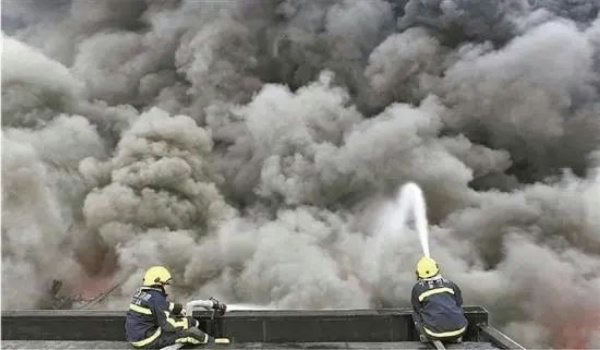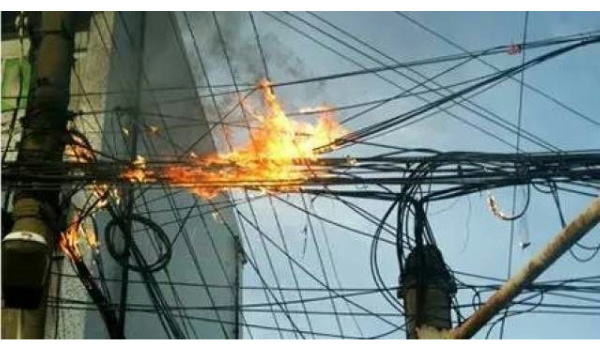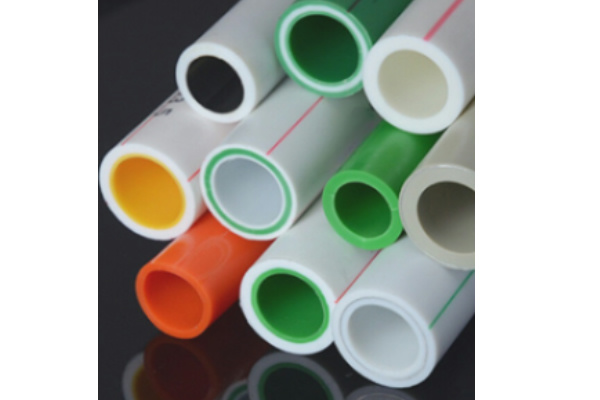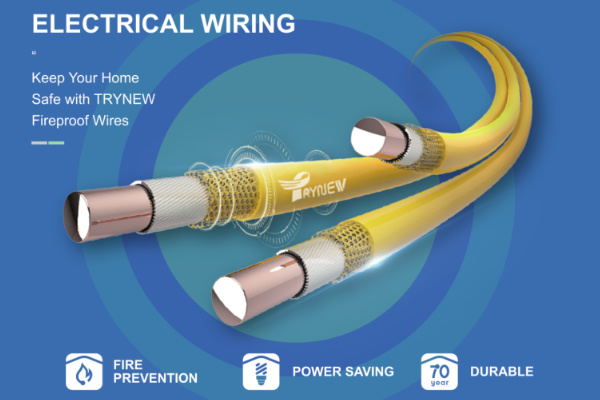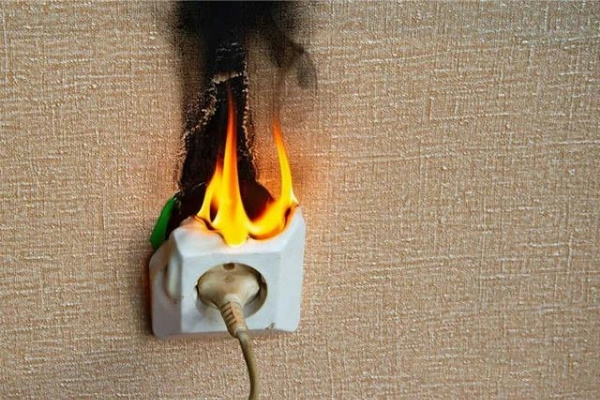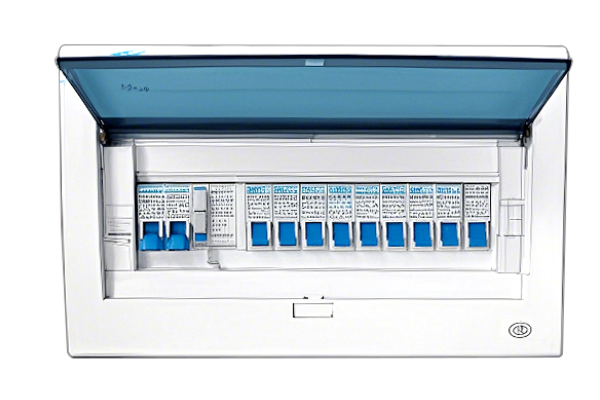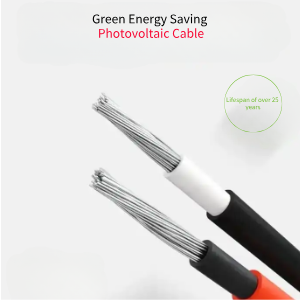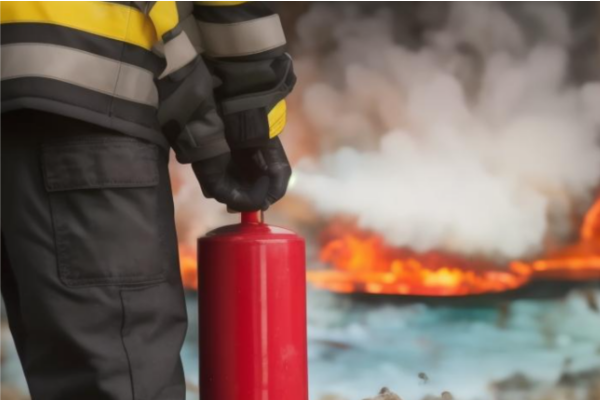How to Choose the Right Electrical Wire Specifications for Home Renovation
Choosing the right Electrical Wires for your home is crucial for ensuring safety, durability, and efficiency. Many homeowners are often puzzled about the appropriate wire sizes and specifications needed for different rooms and appliances. This guide will walk you through the essentials of wire selection to help you make informed decisions during your home renovation.
Understanding Electrical Wire Specifications
Electrical wire sizes are commonly measured in square millimeters (mm²), referring to the cross-sectional area of the wire. The most common sizes include 1.5mm², 2.5mm², 4mm², 6mm², and 10mm², each designed to handle specific current loads:
- 5mm²:Current capacity 8A–15A
- 5mm²:Current capacity 16A–25A
- 4mm²:Current capacity 25A–32A
- 6mm²:Current capacity 32A–40A
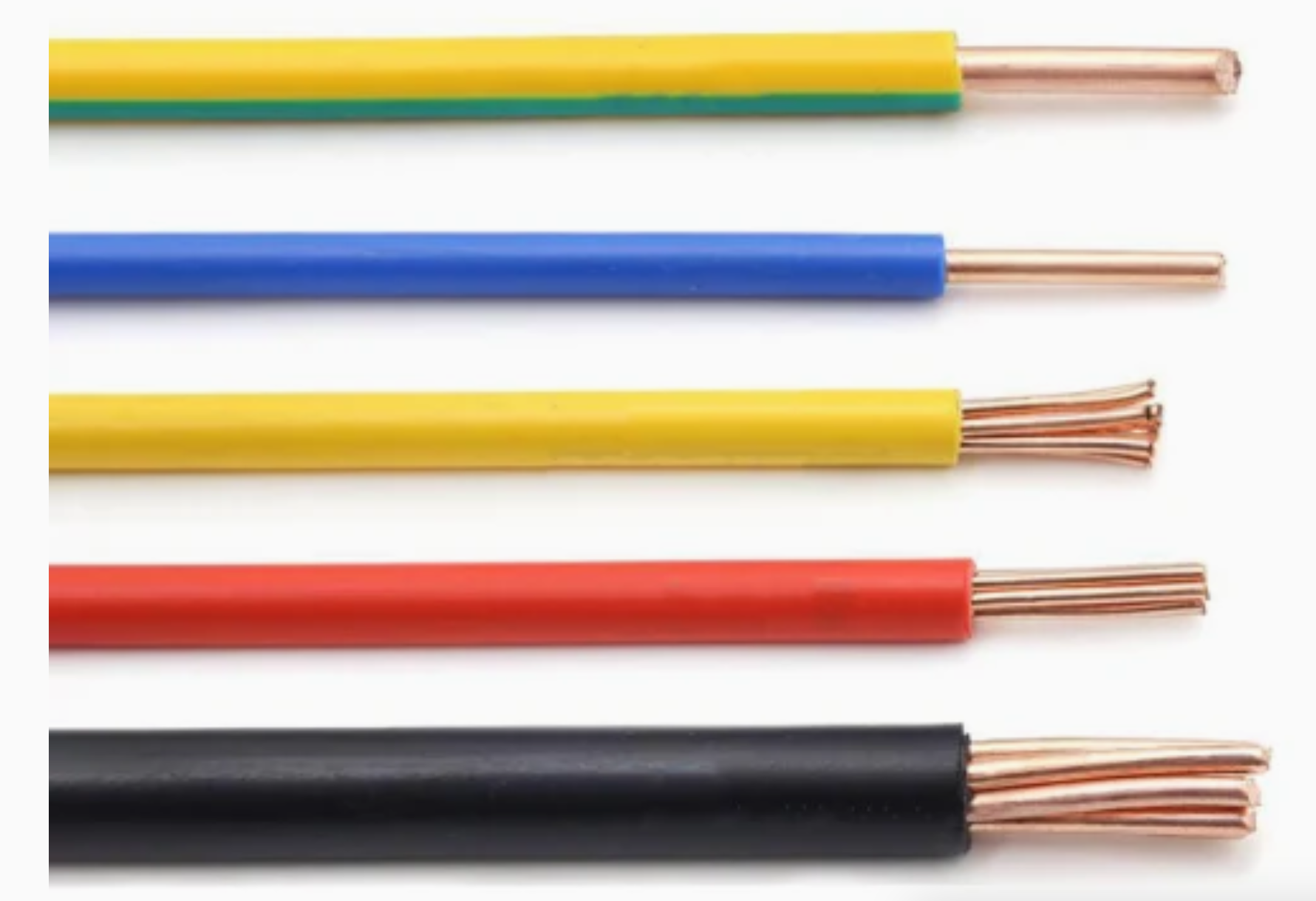
Wire Size Recommendations for Different Areas
To ensure safety and efficiency, it’s essential to use appropriate wire sizes for each room and appliance in your home:
- Lighting Circuits: Use 5mm² wires for standard lighting, supporting up to 2,500W. For bathrooms with high-power fixtures like exhaust fans or heaters, consider upgrading to 2.5mm² wires.
- Socket Circuits: Standard Outlets typically require5mm² wires, while high-power appliances like air conditioners and water heaters need 4mm² wires.
- Dedicated Air Conditioning Circuits: For air conditioners over 3 horsepower, opt for 4mm² or larger wires with separate circuits directly connected to the distribution panel.
- Kitchen Appliances: Given the simultaneous usage of multiple appliances, use 4mm² wires to handle the load safely.
- Main Incoming Cable: To accommodate modern households’ increasing electricity demands, choose 6mm² to 10mm² wires for the main supply line.
- Water Heaters: Use 5mm² wires for storage-type heaters (1,500W–2,500W) and 6mm² wires for instant water heaters exceeding 8,000W.
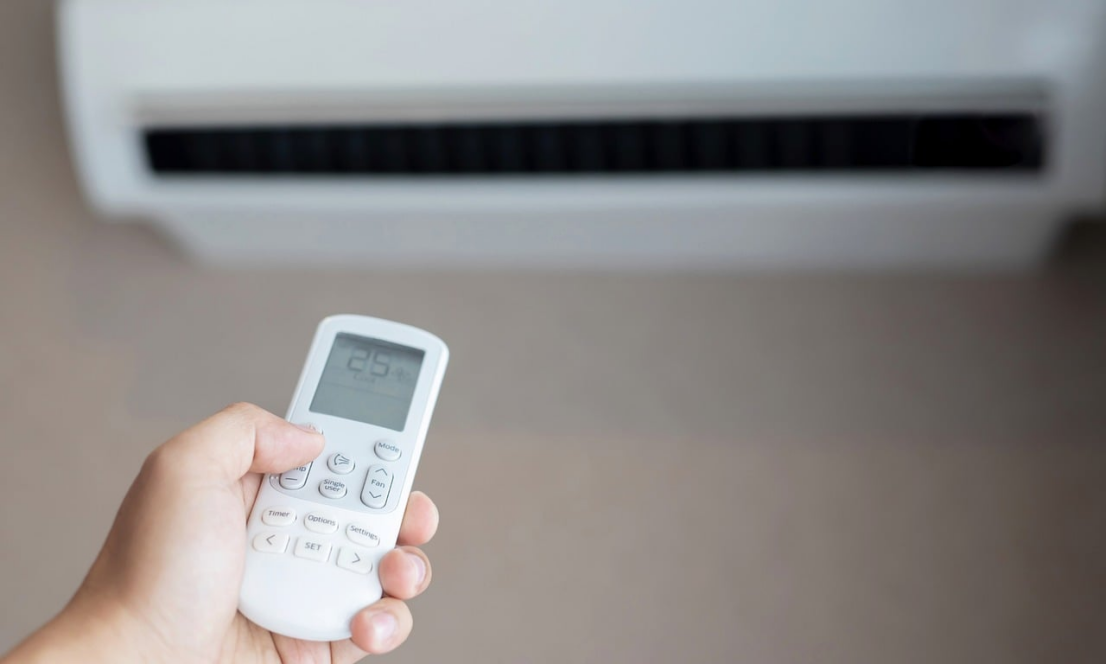
Key Factors to Consider When Choosing Wires
- Safety: Select wires that meet your power needs, ensuring the circuit operates at no more than 80% of the wire's current capacity.
- Cost-Effectiveness: Larger wires are more expensive and require bigger conduits, increasing costs. Avoid oversizing unnecessarily.
- Practicality: Choose wires based on specific room and appliance requirements while leaving room for future power upgrades.
Choosing the Right Wire Type
Depending on the installation method and functionality, you’ll need different types of wires:
- For Concealed Installations: BV wires (solid core) or BVR wires (stranded core) are popular choices, with BVR being more flexible for complex layouts.
- For Surface Installations: BVVB (solid with sheath) or RVV (stranded with sheath) wires are ideal for surface mounting and easier to install.
- For Fire Safety: Low-smoke, halogen-free fire-resistant wires or ZCBV flame-retardant wires are the standard for modern homes, particularly in high-rise buildings.
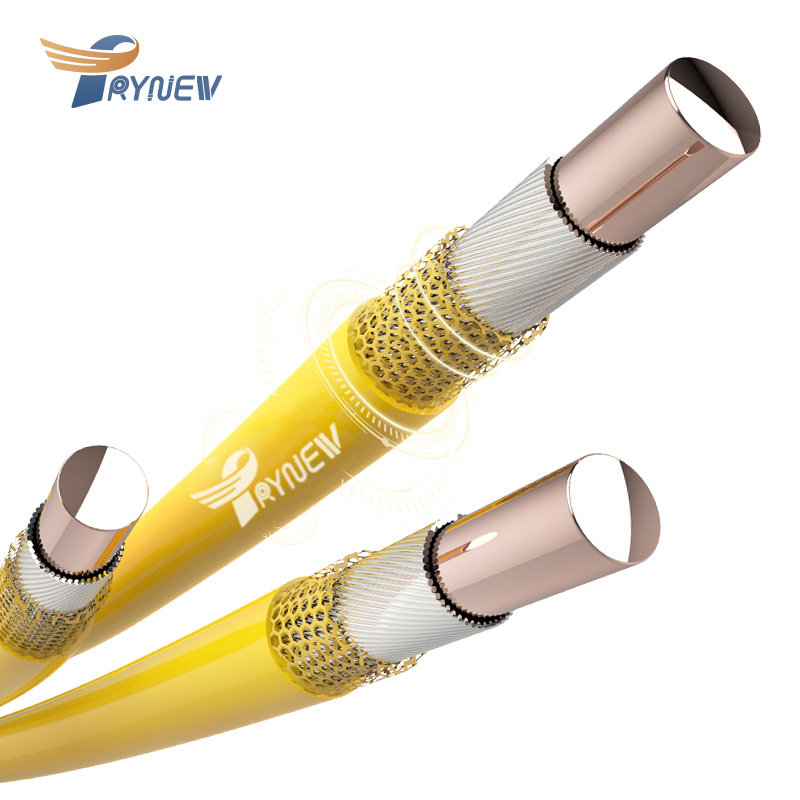
Tips for Buying and Using Electrical Wires
- Purchasing Tips: Inspect the wire’s exterior for damage, verify the label for brand and specifications, and choose reputable brands for quality assurance.
- Usage Tips:Use separate wires for different circuits, avoid overheating or physical damage, and regularly check and replace aging wires.
- Avoid Common Mistakes:Don’t save costs by using wires that are too thin, and avoid overspending on unnecessarily thick wires. Each appliance or circuit should have its dedicated wiring.
Conclusion
Selecting the right electrical wires is the foundation of safe and efficient home renovation. By understanding wire specifications and considering your household's unique needs, you can ensure long-lasting performance and safety. Remember, spending a little more time and effort in wire selection today can save you from significant risks in the future.


